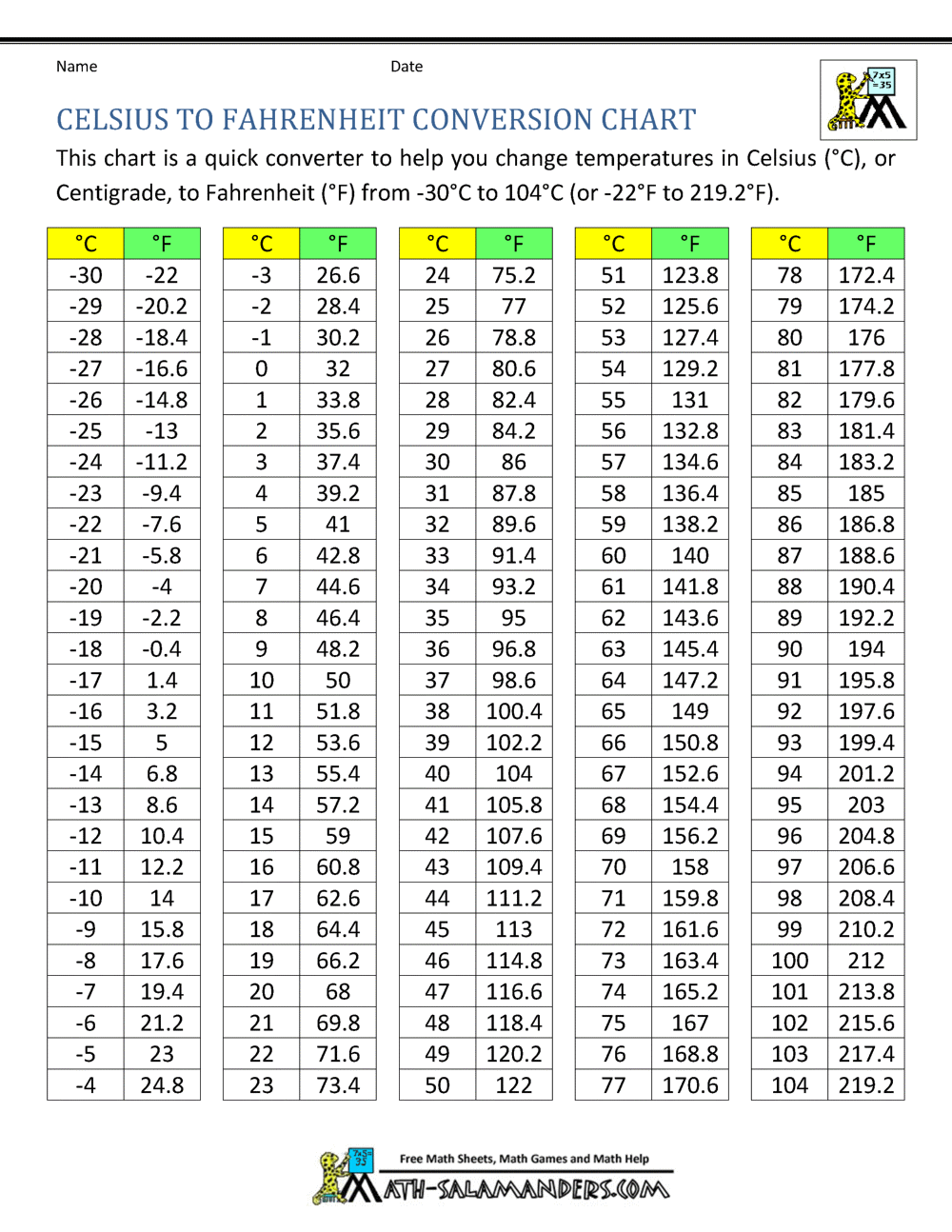What is 61 Fahrenheit in Celsius? A Quick Temperature Conversion

Temperature measurement is a fundamental aspect of science and daily life, influencing various domains such as meteorology, medicine, and environmental science. One of the common scales for temperature evaluation is the Fahrenheit scale, predominantly used in the United States. In contrast, most of the world employs the Celsius scale, which is more aligned with scientific endeavors. This article focuses on the conversion of a specific temperature, 61 degrees Fahrenheit, into Celsius, elucidating the importance of such conversions and the methodology behind them.
Understanding temperature conversion is not just a mathematical endeavor but a vital skill for anyone needing to navigate daily temperatures across different geographies. This transition from one scale to another promotes a deeper comprehension of how temperature affects our environment and our experiences.
The formula for converting Fahrenheit to Celsius is straightforward: C = (F - 32) × 5/9. Using this equation, we can derive the Celsius equivalent of 61 degrees Fahrenheit, thereby unraveling the enigmas behind temperature differentials.
The first step in our conversion journey is to subtract 32 from the Fahrenheit value. This adjustment accounts for the starting point of the Fahrenheit scale, which is anchored at 32 degrees for the freezing point of water. Hence, we calculate:
61 - 32 = 29
The next phase is to multiply the resultant value by 5/9, which reflects the relative proportions between the two scales. Therefore:
29 × 5/9 ≈ 16.11
Consequently, 61 degrees Fahrenheit is approximately equivalent to 16.11 degrees Celsius. This conversion not only provides us with an exact figure but also offers a perspective on the slightly cooler climate we might expect at this temperature threshold.
The importance of converting temperatures extends beyond mere curiosity. It plays a critical role in fields such as medicine and climatology. Let's explore the implications and applications of understanding these temperature scales in various contexts.
The Impact of Temperature on Human Physiology
Human physiology exhibits a remarkable sensitivity to temperature fluctuations. The comprehension of temperature scales and conversion is paramount in medical practice. Hyperthermia and hypothermia pertain to elevated and reduced body temperatures respectively. When monitoring critical parameters such as fever, it is essential for healthcare providers to convert temperatures accurately between scales to ensure that they are addressing the concerns appropriately.
For instance, a fever in Fahrenheit might be classified differently if one uses Celsius for assessment. This discrepancy could potentially lead to misdiagnosis and inadequate treatment. Engaging in temperature conversions fosters a holistic approach to patient care, enabling healthcare professionals to employ accurate metrics in their evaluations.
Moreover, understanding temperature in Celsius allows for clearer communication between healthcare professionals worldwide, especially in an increasingly globalized world where international guidelines and studies are commonplace.
The Role of Temperature in Environmental Science
When delving into environmental science, temperature is a crucial variable with direct implications on ecological conditions and climate change. Accurately understanding and converting temperatures aids scientists in their work to analyze climate patterns, track seasonal changes, and monitor the health of ecosystems.
The scientific community often prefers the Celsius scale, supported by the Celsius scale’s alignment with the metric system. For instance, a study evaluating average seasonal temperatures in a region may report its findings utilizing Celsius, thus necessitating that decision-makers convert any relevant Fahrenheit data into the accepted scientific standard. In this context, understanding how 61 degrees Fahrenheit relates to Celsius becomes more than just a numerical adjustment; it shapes the core of scientific communications and research dissemination.
Furthermore, as climate change progresses, understanding temperature variations becomes essential. Increased temperatures reported in Fahrenheit should be visible in Celsius to make sense of their implications effectively. As these conversions are consistently integrated into scientific dialogues, a broader understanding of anthropogenic impacts on climate is facilitated.
Practical Applications in Everyday Life
Beyond scientific and medical realms, temperature conversion finds its relevance in everyday situations. A person planning a summer vacation may glance at weather forecasts presented in Fahrenheit. Yet, if they are accustomed to the Celsius system, a mental conversion will be required to gauge the temperature accurately and plan their activities accordingly. In this way, knowledge of temperatures allows individuals to make informed decisions that enhance comfort and enjoyment.
Cooking, for instance, can also hinge on temperature conversions. Traditional recipes may specify temperatures in Fahrenheit, compelling novice cooks to convert these figures to Celsius to utilize their oven correctly. Therefore, fluency in both temperature scales is not simply an academic exercise; it facilitates practical skills that are applicable in daily tasks.
In some sectors, such as agriculture or outdoor sports, weather data might be presented in terms that differ from the norm for individuals. Engaging with multiple temperature scales promotes better preparation for varying conditions, whether choosing appropriate apparel for outdoor activities or understanding how ambient temperatures affect crop yields.
The Cultural Significance of Temperature Scales
Lastly, temperature scales hold cultural significance, intertwining geographical identity with measurement conventions. In regions where Fahrenheit prevails, such as the United States, individuals often express their understanding of weather and climate through this lens. Conversely, in scientific contexts around the globe where Celsius dominates, the understanding of temperature is informed by a different context. Exploring these cultural dimensions prompts a broader inquiry into why and how these systems developed and are maintained today.
As individuals traverse through different cultures or engage with international studies, a shift in perspective regarding temperature scales can lead to enhanced communication and collaboration. Thus, grasping conversions such as 61 degrees Fahrenheit equals approximately 16.11 degrees Celsius becomes critical in fostering global understanding and cooperation.
In conclusion, the conversion from Fahrenheit to Celsius does not merely serve as a mathematical task. It opens doors to greater appreciation of human physiology, environmental science, daily interactions, and cultural exchanges. The seemingly simple inquiry into what 61 Fahrenheit is in Celsius thus becomes an invitation to explore broader implications of temperature measurement. The nuanced understanding of temperature conversion enriches our engagement with the world, providing tools that empower us in various aspects of life.
What's Your Reaction?
 Like
0
Like
0
 Dislike
0
Dislike
0
 Love
0
Love
0
 Funny
0
Funny
0
 Angry
0
Angry
0
 Sad
0
Sad
0
 Wow
0
Wow
0









:max_bytes(150000):strip_icc()/drugstore-retinol-creams-tout-f76b9d2796e34eaa8376801c83fb1888.jpg)

















